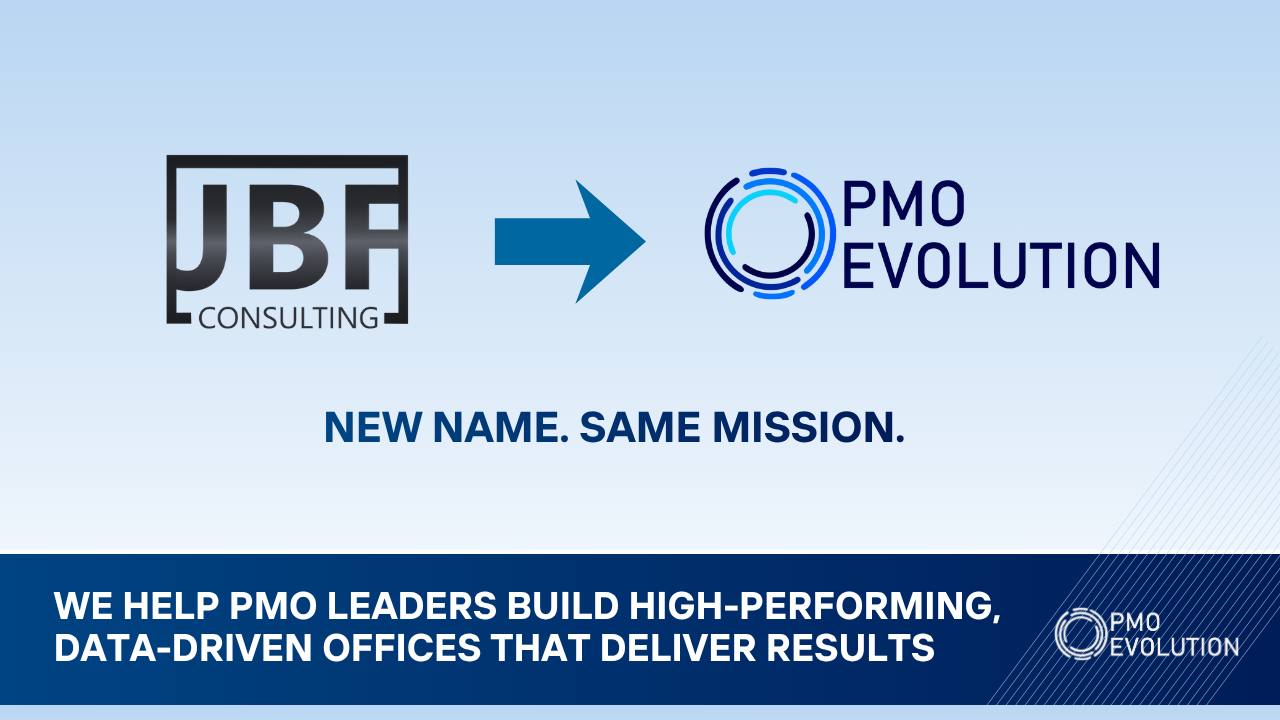Data-Driven PMOs: Aligning KPIs With Strategy and Getting Execs to Pay Attention
You've built dashboards. You’ve standardized reports. You've captured all the right data points: budget, timeline, scope, risks. And every week (or month), your team updates it like clockwork. Yet when it’s time to present, you get blank stares from the steering committee. Or worse; off-topic questions. They don’t seem to connect the numbers to anything that actually matters.
You walk out of those meetings thinking: “Why aren’t they paying attention? What am I missing?”
It’s not that the execs don’t care. It’s that the metrics don’t speak their language.
Why This Disconnect Happens
Most PMOs report on what’s easy to measure: project health, milestones, RAG status, issue logs. It’s operationally useful but it doesn’t tell executives what they need to know to lead. Because at the portfolio level, executives don’t want to hear about delayed procurement or updated RAID logs.
They want to know:
-
Are we investing in the right things?
-
Are we delivering real business value?
-
What risks are we carrying across the portfolio?
-
Where are we overextended and what’s it costing us?
That gap between project performance data and strategic business insight is where most PMO dashboards fall short. And it’s why PMOs struggle to hold the room when it's time to talk strategy.
The Fix Isn’t “Better Dashboards.” It’s Better Questions.
Before building any KPI set or dashboard, PMO leaders need to ask a different question:
“What does our executive team need to decide next quarter?”
That flips the entire conversation. Instead of defaulting to standard metrics, you reverse-engineer the data needed to support decisions, not just track activity.
Some of those questions might be:
- Are our strategic transformation projects delivering the business outcomes we promised?
- Which projects are consuming the most resources without delivering measurable value?
- How many in-flight projects are dependent on the same critical teams or vendors?
- What is our forecasted capacity versus demand by strategic theme (Run, Grow, Transform)?
- If we had to pause or defer three projects tomorrow, which ones would hurt the least?
These are portfolio questions. Strategic questions. And they require a different kind of KPI.
What Strategic KPIs Actually Look Like
Here’s the difference between project-focused and strategy-focused metrics:

You don’t eliminate project-level data, you elevate it. Roll it up. Aggregate it. Then tell a story that execs can act on. And that starts with reframing how your PMO defines performance.
Making the Case to Shift What You Report
This shift often meets resistance. You’ll hear, “But we’ve always reported this way,” or, “Finance needs these numbers.” Here’s the move: don’t replace the operational dashboard, add a strategic layer on top.
Think of it as a two-tiered model:
-
Operational KPIs → for project managers, PMO analysts, delivery teams.
- Strategic KPIs → for the portfolio steering committee, CIO, CFO, and business leaders.
Both matter. But only one keeps the executive team focused on the bigger picture.
How to Get Execs to Actually Pay Attention
Once you have KPIs that tie to strategy, the next challenge is presentation. You need to shift from “reporting” to facilitating decisions.
Here’s how to do it:
- Lead With the Business Question
Don’t walk in with slides of charts. Open with the problem:
“We’re forecasting a 17% overspend in the transformation category. Here are three ways we can respond.”
- Anchor Every KPI in Context
“This initiative is 2 months behind, but what matters is that it delays a dependent product launch by Q4.” - Make Trade-Offs Visible
se your data to outline options—not conclusions:
“We can either reassign the team from Project A or delay Project B by 6 weeks. Both have cost and value implications.”
- Don’t Just Track—Interpret
Move from “what happened” to “what this means for us now.”
Executives don’t need you to be a data analyst. They need you to be a sense-maker.
What the Best Data-Driven PMOs Have in Common
Across the organizations we’ve worked with, high-impact PMOs share a few traits:
- They don’t wait for execs to ask for insights—they proactively bring them to the table.
- They use KPIs to open strategic conversations, not just monitor compliance.
- They shape their data around the business model, not around the tool.
- They train their teams to think in terms of business outcomes, not task completions.
In short: they use metrics to lead, not just report.
Rethinking PMO Metrics as a Strategic Language
If your KPIs aren’t helping executives make better decisions, they’re just noise.
Strong PMOs don’t measure everything—they measure what matters. They report on impact, not activity. Strategy, not symptoms.
Because when your data speaks the language of business priorities, leaders start paying attention.
Not to the metrics.
To the message.
Ready to Turn Data Into Strategy?
Book a call with us if you’re ready to start that transformation and put your PMO on the path to becoming a true strategic partner.
👉 Book a consultation
And subscribe to my newsletter for grounded strategies and practical tools you can use right away—whether your PMO has 3 people or 300.
👉 Subscribe to the newsletter







